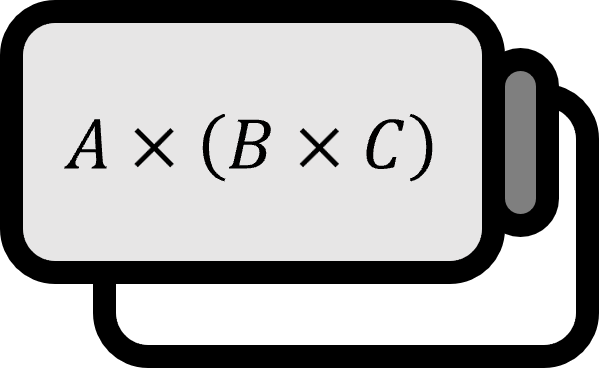What is Flux in Physics?
Definition1
In physics, flux refers to the number of particles (or physical quantities such as energy, momentum, etc.) passing through (colliding with) a unit area per unit time. Flux is typically denoted by the capital letter pi $\Phi$.
$$ \Phi = \dfrac{\text{physical quantity}}{\text{area} \times \text{time}} $$
Explanation
The flux of an electric field $\mathbf{E}$ passing through surface $\mathcal S$ is as follows:
$$ \Phi_{E} = \int_{\mathcal S} \mathbf{E} \cdot d\mathbf{a} $$
The flux of a gas with pressure $p$, temperature $T$, and mass $m$ is as follows:
$$ \Phi = \dfrac{1}{4} \dfrac{p}{k_{B}T} \sqrt{\dfrac{8 k_{B} T}{\pi m }} = \dfrac{p}{\sqrt{2 \pi m k_{B} T}} $$
$k_{B}$ is the Boltzmann constant.
Probability flow (flux) of a wave function:
The probability flow of wave function $\psi$ is as follows:
$$ j(x,t) = \frac{\hbar}{2m\i}\left( \psi^{\ast}\dfrac{\partial \psi}{\partial x} - \psi\frac{\partial \psi^{\ast}}{\partial x}\right) \tag{1} $$
Stephen J. Blundell and Katherine M. Blundell, 열 물리학(Concepts in Thermal Physics, 이재우 역) (2nd Edition, 2014), p83-84 ↩︎
